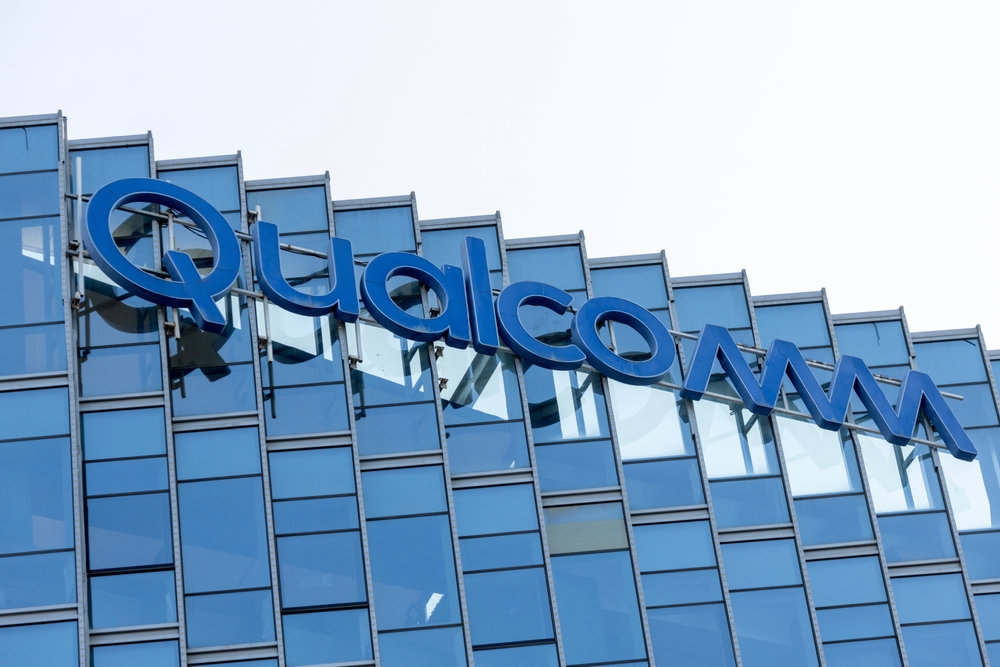A Stable Foundation, New Ambitions
Qualcomm reported revenue of USD 11.27 billion, surpassing analysts’ expectations and achieving year-over-year growth of 10%. The company also exceeded market forecasts with adjusted earnings per share (EPS) of USD 3.00. However, it posted an accounting loss of USD 3.12 billion due to a one-time tax charge – not operational issues.
More importantly, Qualcomm presented a strong outlook for early 2026. It expects revenue between USD 11.8 billion and USD 12.6 billion and earnings per share in the range of USD 3.30 to USD 3.50, signaling that the company is entering the new year with growth momentum that comfortably exceeds Wall Street expectations.
Traditional Pillars
The core business remains the mobile chip segment, which generated USD 6.96 billion, up 14% year-over-year. This performance confirms that, despite the gradual weakening of cooperation with Apple, Qualcomm has maintained its leading position among manufacturers such as Samsung and Xiaomi.
The automotive segment is also growing rapidly, as the company supplies chips for autonomous systems, generating USD 1.05 billion in revenue with 17% growth. The Internet of Things (IoT) segment added 7%, reflecting strong demand for chips in metaverse and smart home devices. The only decline occurred in the licensing business, −7%, though it still outperformed market expectations. Overall, Qualcomm has proven that its business model is more diversified than ever before.
Entering the AI Era
The greatest attention from investors, however, is drawn to Qualcomm’s new AI accelerators, the AI200 and AI250, introduced in October 2025. These represent the company’s first step toward AI infrastructure for data centers, a space previously dominated by Nvidia and AMD. Based on the Hexagon NPU architecture, these chips originate from technology used in smartphones but, in their new design, enable high-performance inference, running AI models in real time. According to company leadership, they are designed to be more energy-efficient and cost-effective than traditional GPU-based solutions.
During the presentation of results, CEO Cristiano Amon emphasized that Qualcomm stands on the threshold of an era in which it will build a bridge between devices and the cloud. The company aims to leverage its strong position in mobile hardware and transfer it into the rapidly growing AI data center segment – one of the most lucrative markets of the decade.




.jpg)
.jpg)

.jpg)
